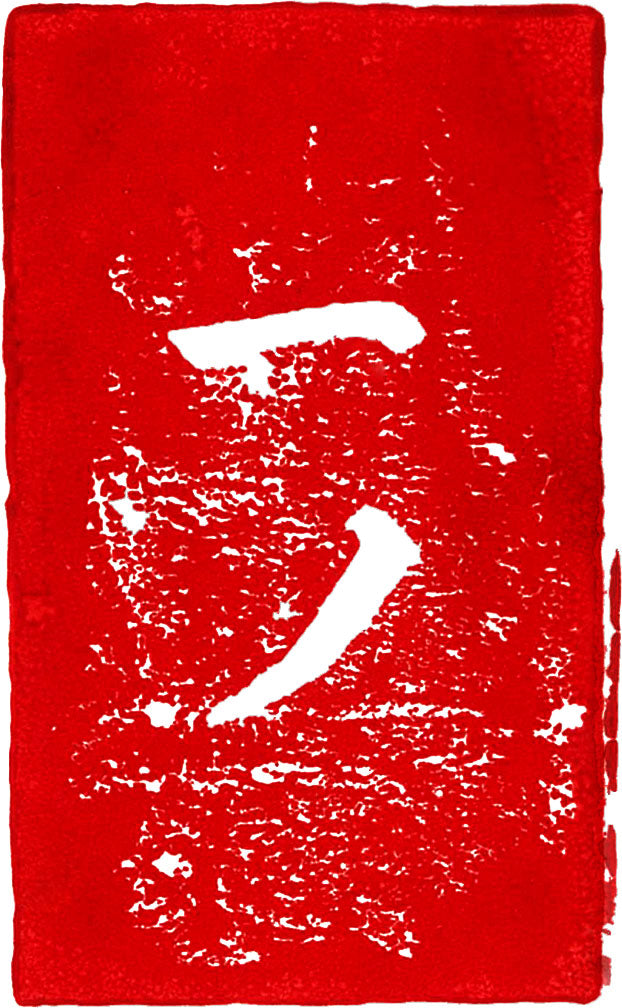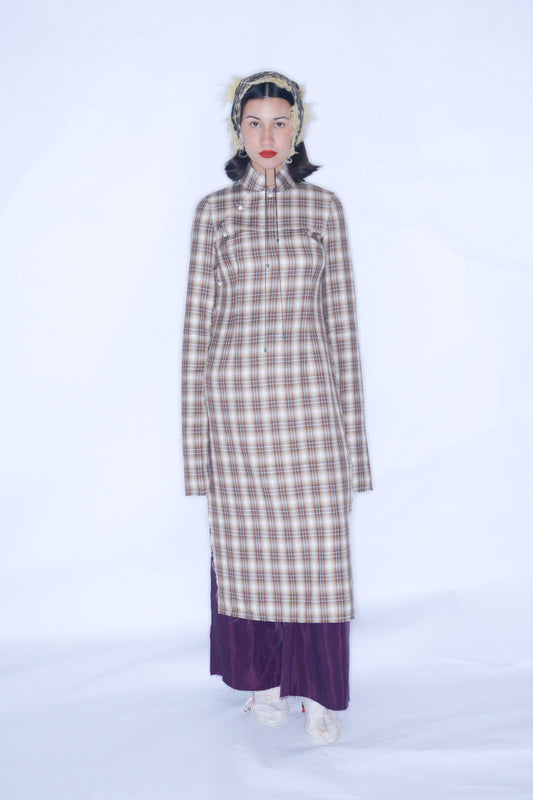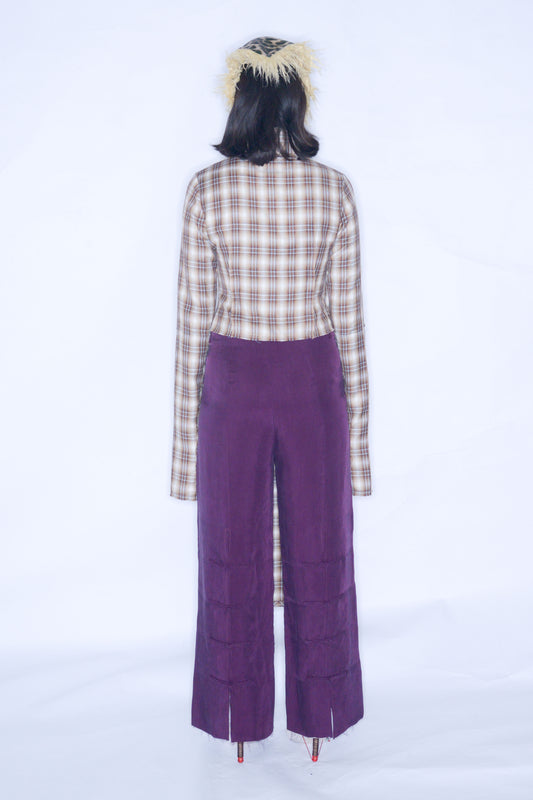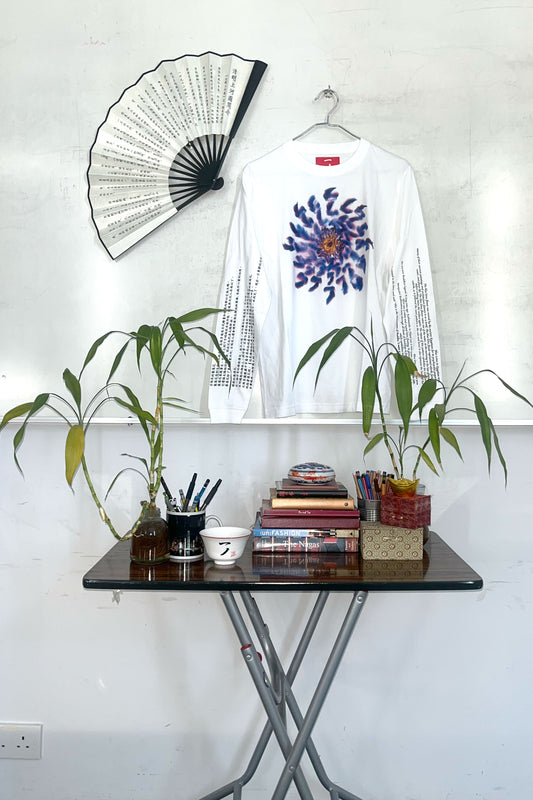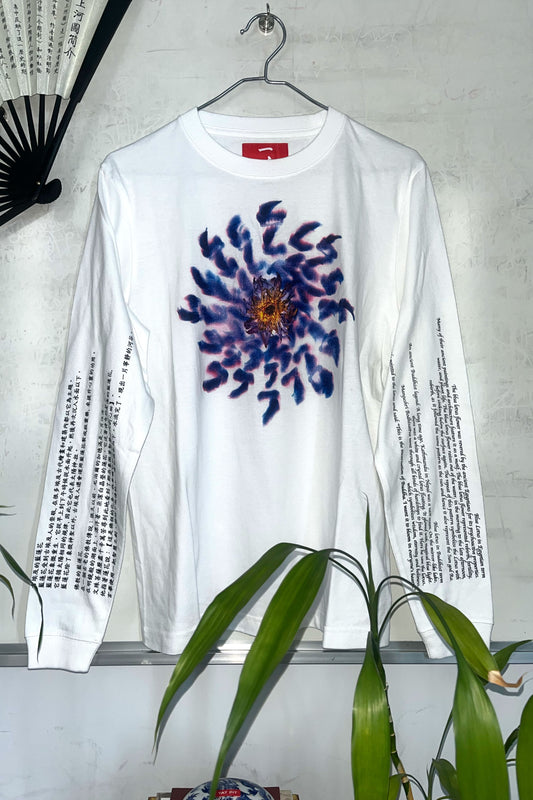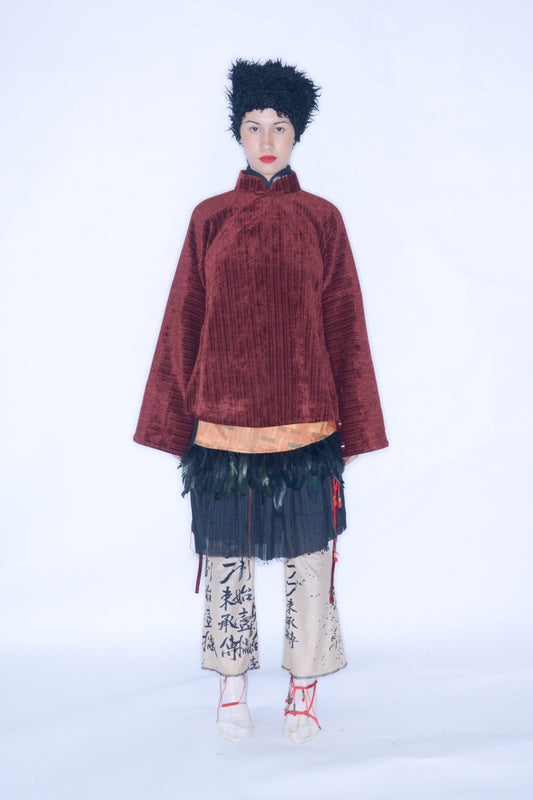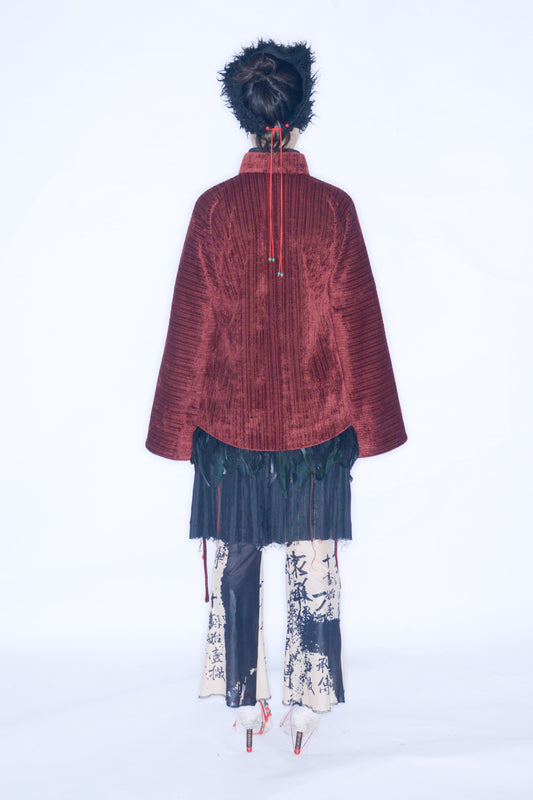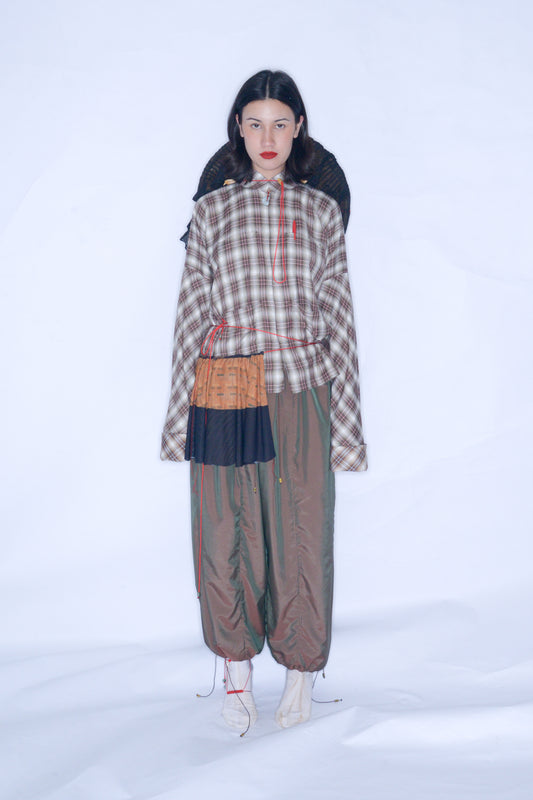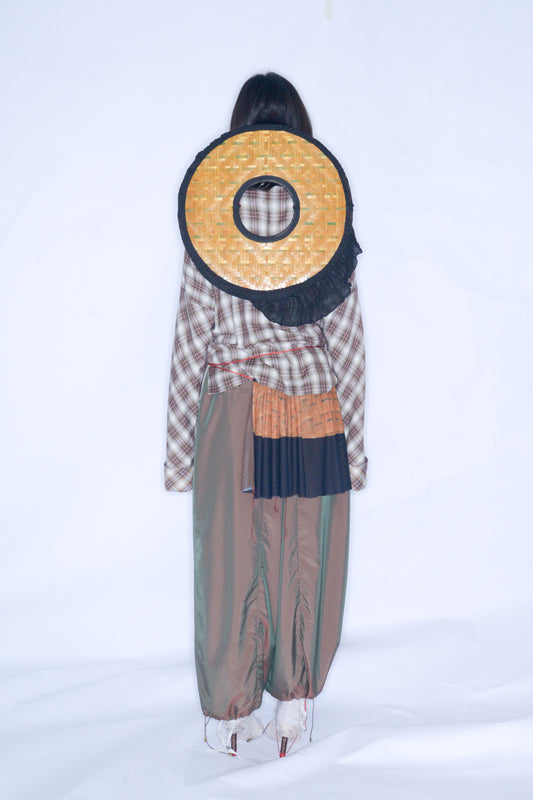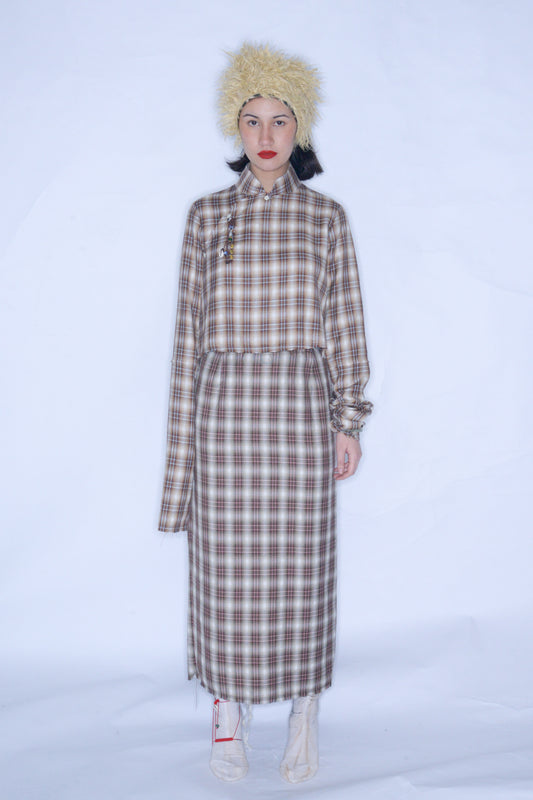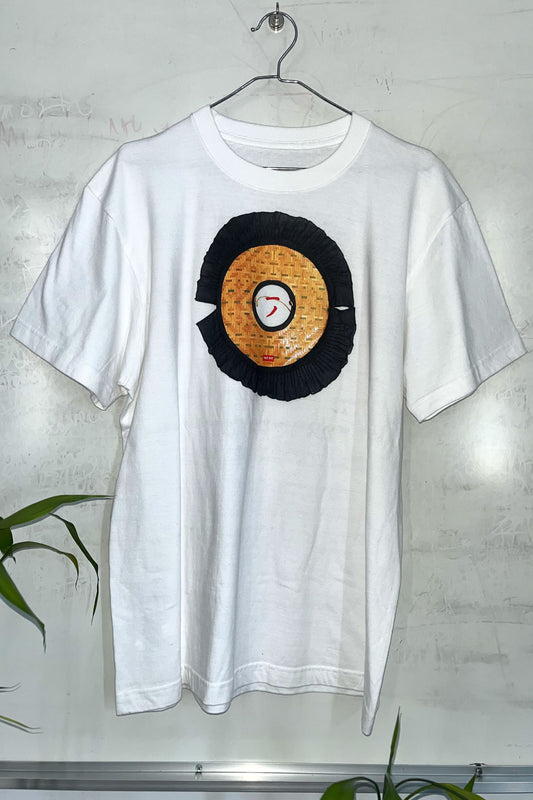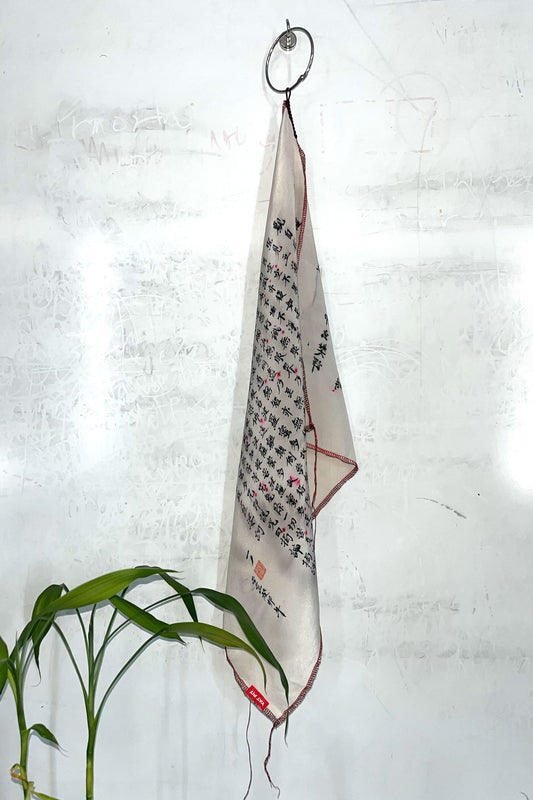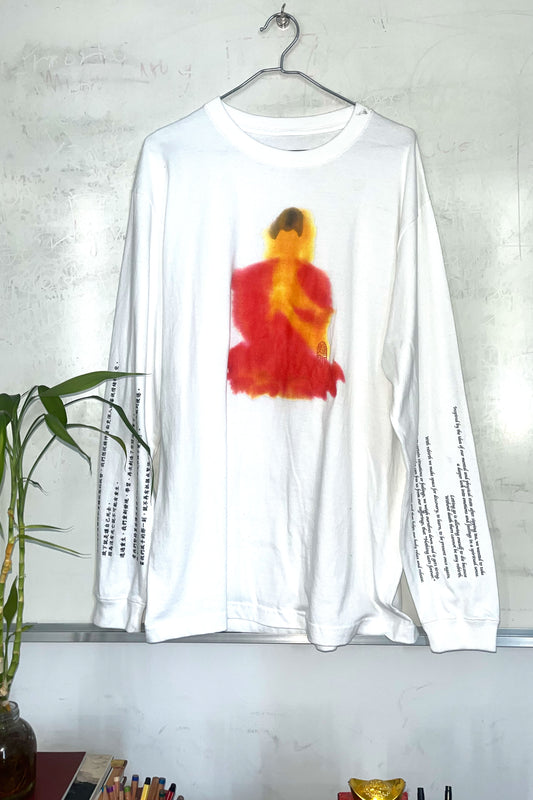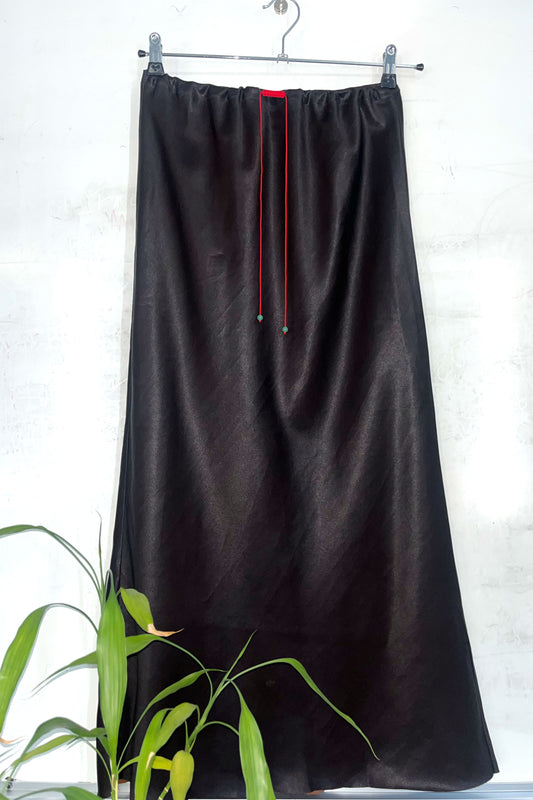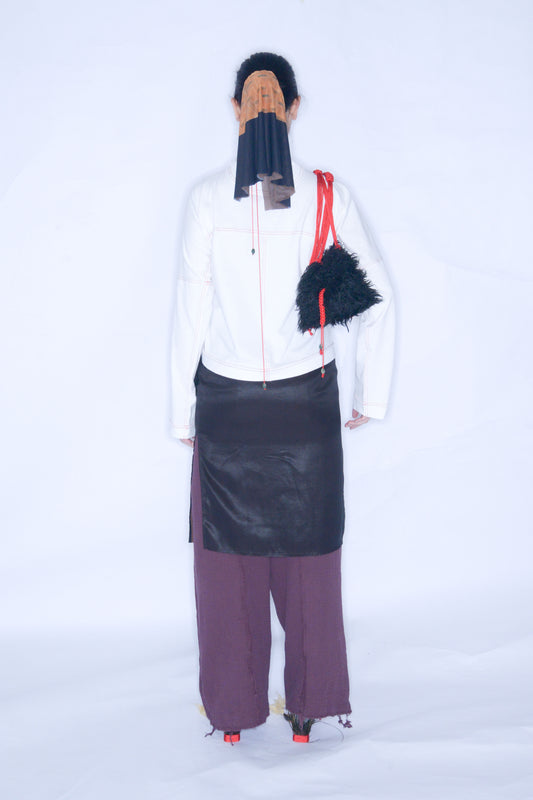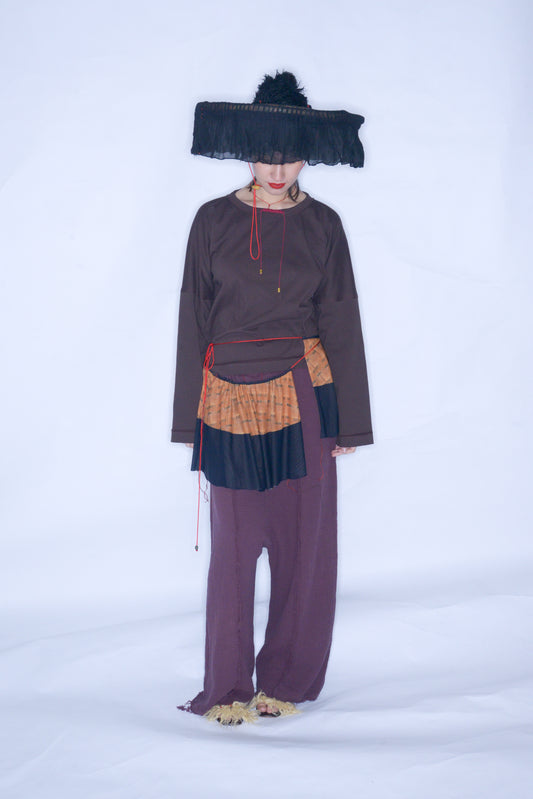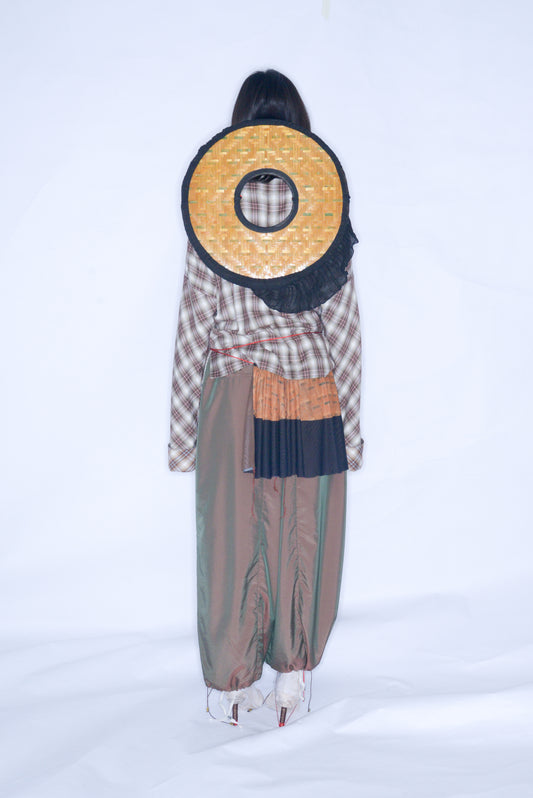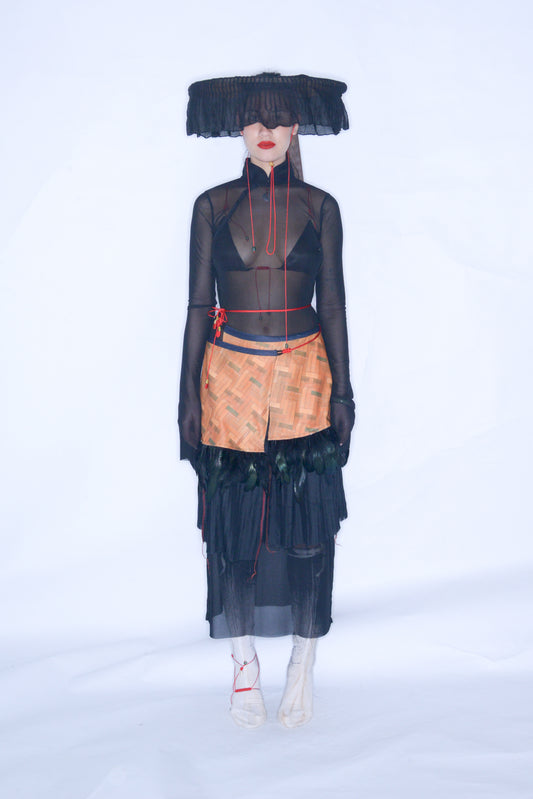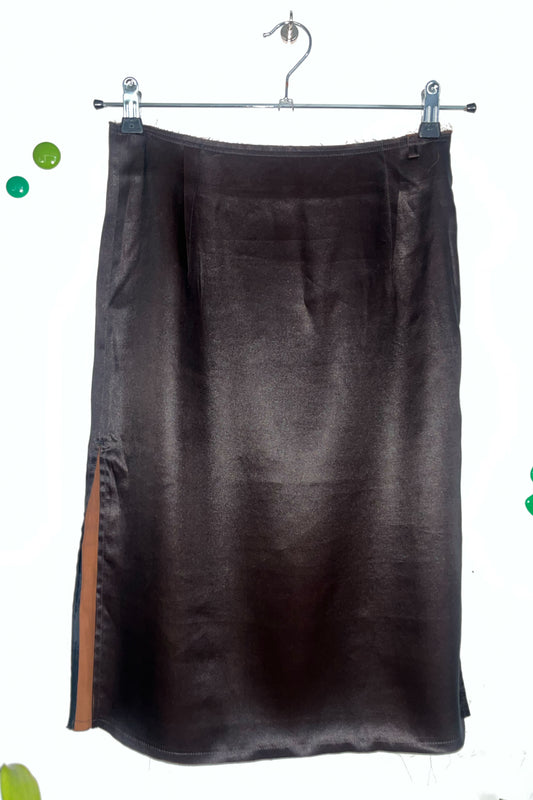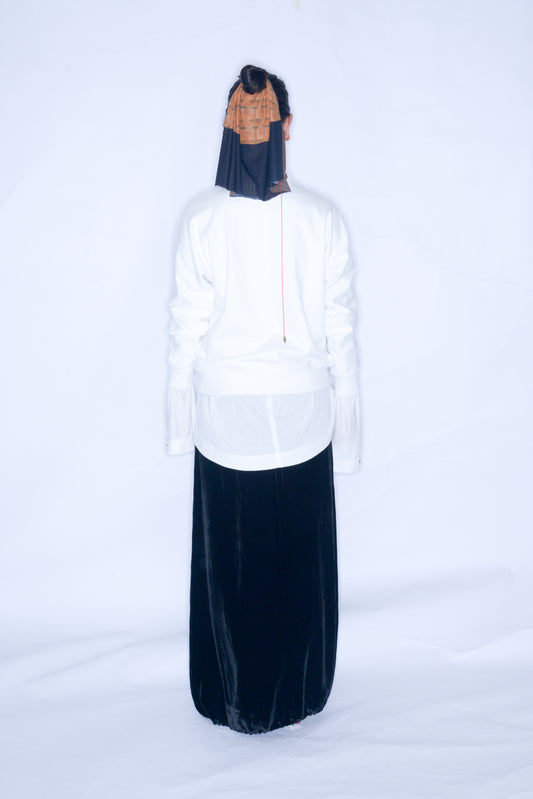HAKKA TRIBE - HONG KONG
Villages were formed in the Hong Kong region with migrants from mainland China arrived and settled in the area towards the end of the Song Dynasty. Throughout the Ming and Qing dynasties there was a continuous flow of immigrants into the region. The early inhabitants of Hong Kong, who had settled locally well before the British took over, Hong Kong, were composed, mainly of four groups, namely the ‘Punti’, ‘ Hakka’ , ‘Tanka’ and ‘Hoklo’.
In the old days of Hong Kong until the 19th century, farming and fishing, were the two major forms of subsistence. Early rural life, followed a set pattern. Peasants and villages wore simple and less adorned clothing, with the major concern on the practicality and durability of the garment.
The “Hakka” whose name means stranger or guess people, speak to Hakka dialect.
Coming, mainly from Fujian, Jiangxi, and basins of the East, North and Han rivers In Guangdong, they took up a land cultivation of the deserted coastal areas during the mid-18th century. Being late comers they tended to live and farm in the poorer, more remote areas.
The practical and thrifty ways of the Hakkas can be best illustrated by their style of clothing, which shows a high degree of simplicity and little adornment. The shanku is the outfit most commonly worn by both men and women. Plain colours, usually blue and black were preferred. It was popular for the Hakka women to wear a Liangmao (‘cool hat’),
A flat circle of woven straw with a hole in the centre, and a blue or black cotton fringe around the edge, for protection against insects and sunburn by working outdoors. For this particular season we drew inspiration from this style hat that we admire so much but also brining back key items from our Yat Pit archive and reinterpreting them for the AW season.
Hope you like the collection, we had so much fun styling the looks.
YAT PIT
X
